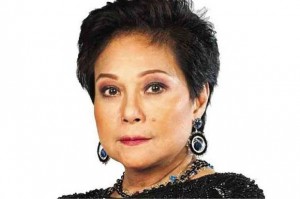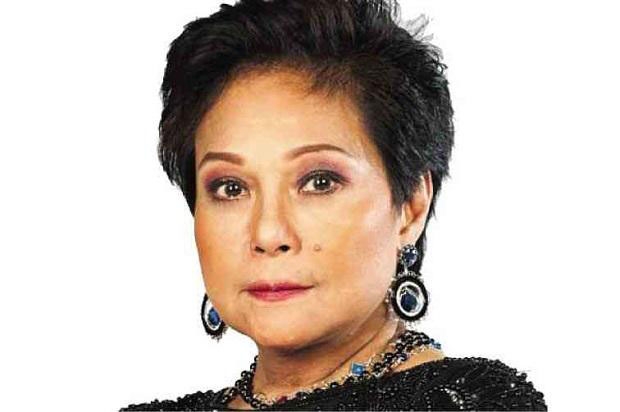
“They did not snub Ate Guy (Aunor’s nickname) … they ignored the cultural expression she represents, that of the downtrodden masses,” said filmmaker Joel Lamangan, who was director of Aunor’s Cairo International Film Festival winner “The Flor Contemplacion Story” in 1995.
Lamangan addressed the rumor that Aunor was denied the honor because of past controversies—from her tax woes in the 1980s to a drug case in the United States that was eventually stricken off the record in 2007.
“Morality is not part of the criteria; it’s the body of work that matters,” Lamangan said.
Filmmaker Jose Javier Reyes said, “I am disappointed, but I am not surprised.
“I thought we were choosing a National Artist, not a saint.”
“I hope the Aunor snub was not politically motivated because it would open a can of worms,” he added.
Aunor campaigned for former Presidents Gloria Macapagal-Arroyo and Joseph Estrada in the past elections.
Veteran filmmaker Gil Portes, who handled Aunor in two acclaimed films (1984’s “’Merika” and 1990’s “Andrea, Paano Ba Ang Maging Isang Ina?”), said: “What about the other National Artists whose lives were not exactly ‘lily-white,’ shall we proclaim them unfit of the honor as well?”
Emily Abrera, chairperson of the Cultural Center of thePhilippines, addressed the “morality” issue.
“It is in the criteria that a nominee should be of good moral character.” She agreed that the definition of “good moral character” could be “contentious.”
“We seek people whom we can hold up, who can pass the scrutiny of the artistic community and the public at large,” she said.
“I can assure you that we have liberal minds in the boards of both the NCCA and the CCP and among the past National Artists,” Abrera said.
ASK NCCA, CCP
Malacañang, however, said it was not certain whether Aunor was part of the list of nominees submitted by the CCP and the NCCA to President Aquino.
“I have no information on that. I was just given that announcement last night,” Coloma said on the phone, reacting to reports that Malacañang snubbed Aunor. He suggested that the media check this with either the CCP or the NCCA.
The CCP and the NCCA chairs preside over the final deliberation, which is attended by all board members and past National Artists. The joint board then submits the nominees to the Office of the President for his signature.
President Benigno Aquino III’s decision was announced last Friday. He named modern composer Ramon Santos the new National Artist for Music, five years after then President Gloria Macapagal-Arroyo dropped Santos from the list in a controversy that reached the Supreme Court.
The President also named writer Cirilo F. Bautista, dancer Alice Reyes, composer Francisco Feliciano, comic book illustrator Francisco Coching and architect Jose Maria Zaragoza as National Artists. The last two will be conferred the Order of National Artist posthumously.
Bautista, a Palanca Hall of Famer who won first prize in epic writing in a national competition marking the country’s centennial in 1998, is the new National Artist for Literature.
Reyes, founder of Ballet Philippines, is the new National Artist for Dance. The other new National Artist for Music is Feliciano.
Feliciano’s work included operas and music dramas and other compositions such as the prize-winning “Pokpok Alimpako,” a favorite piece of choirs competing abroad. In 1977, he was awarded the John D. Rockefeller III Award in Music Composition.
Posthumously named National Artist for Visual Arts was Coching, regarded as one of the pillars of Philippine comics while National Artist for Architecture, Design and Allied Arts was Zaragoza, a pillar of modern architecture known for his works such as Sto. Domingo Church, Casino Español and Meralco Center./Inquirer
